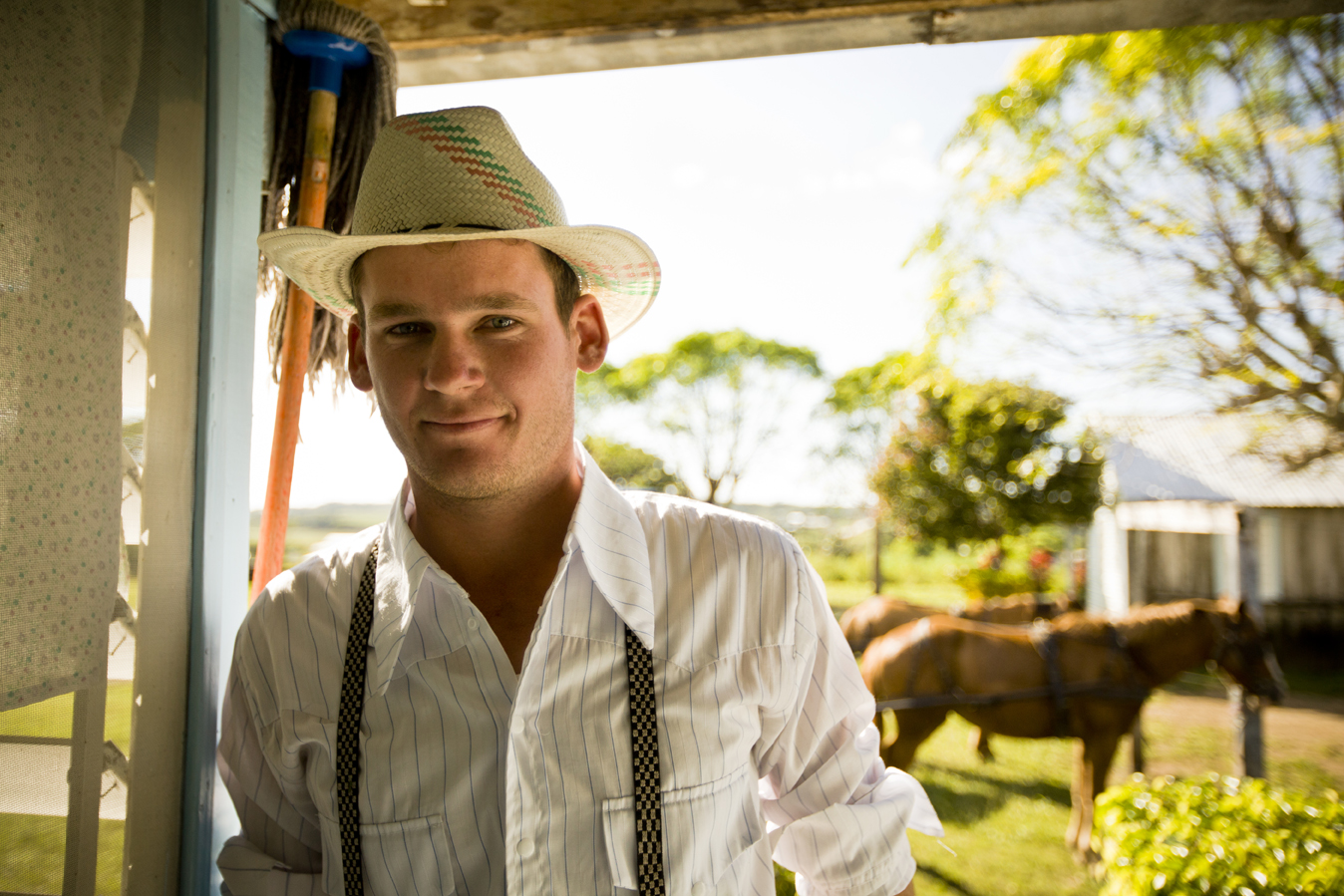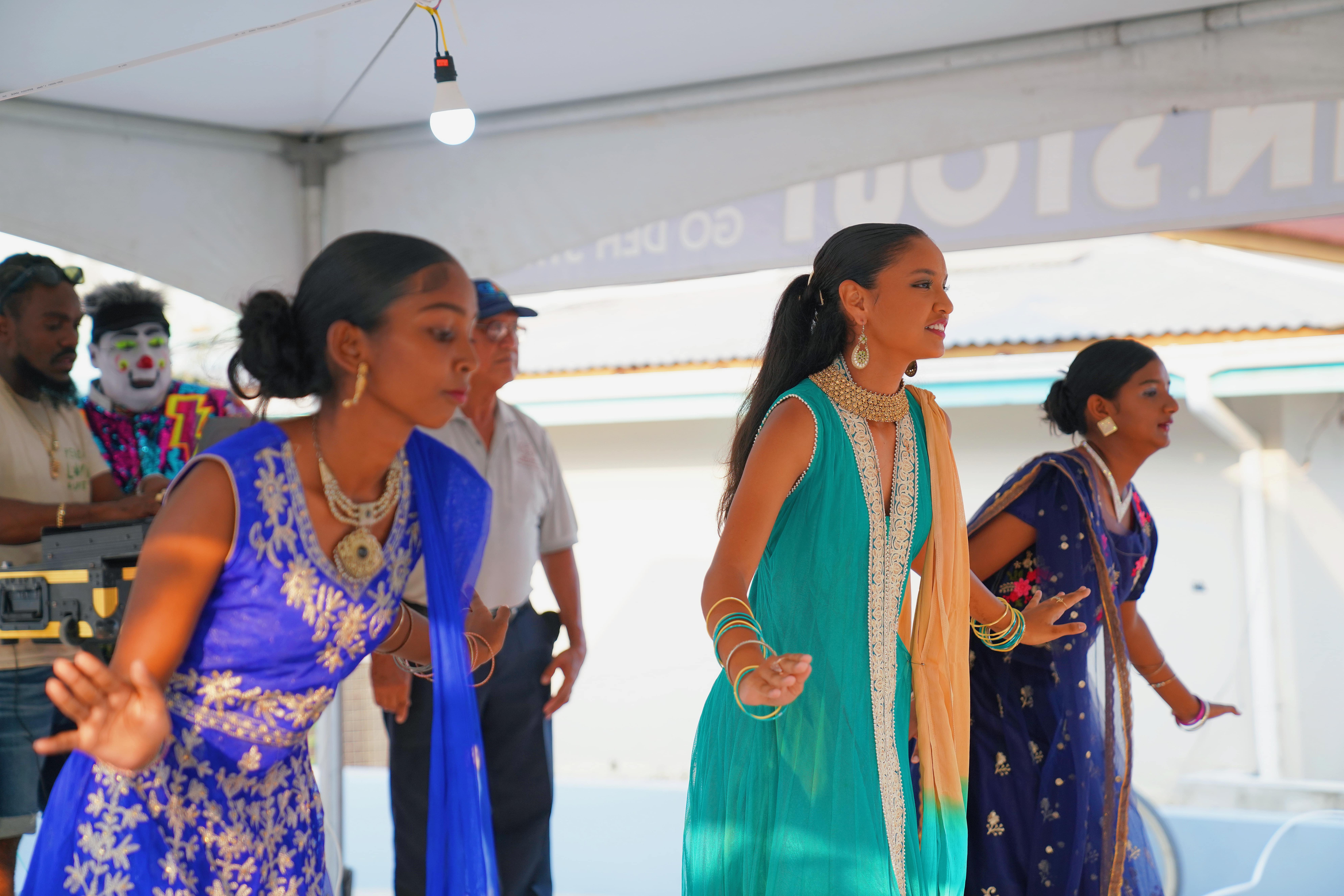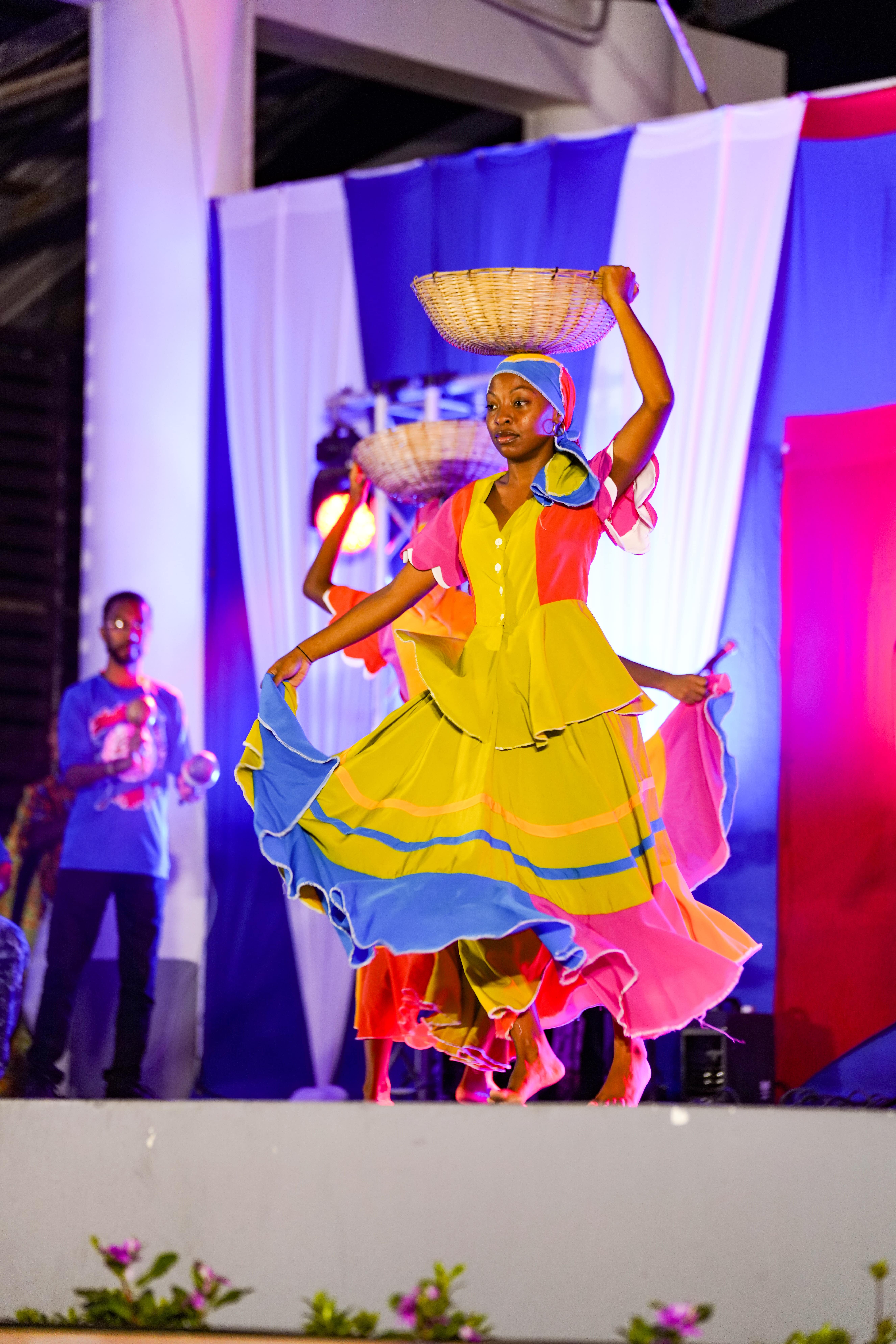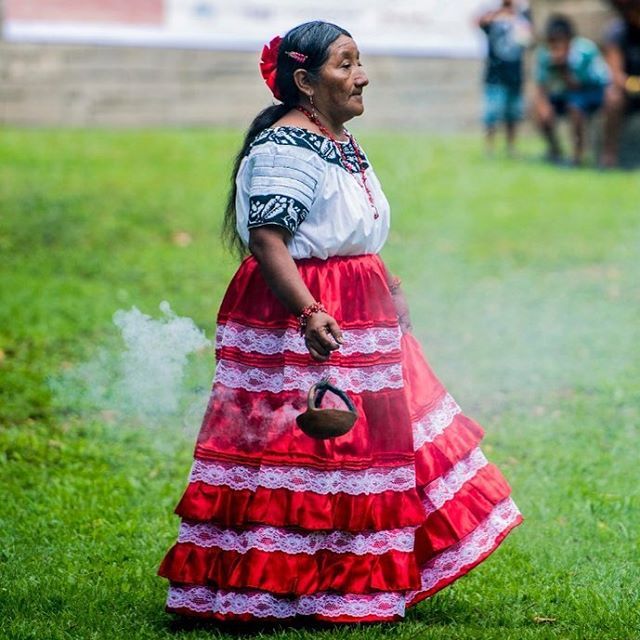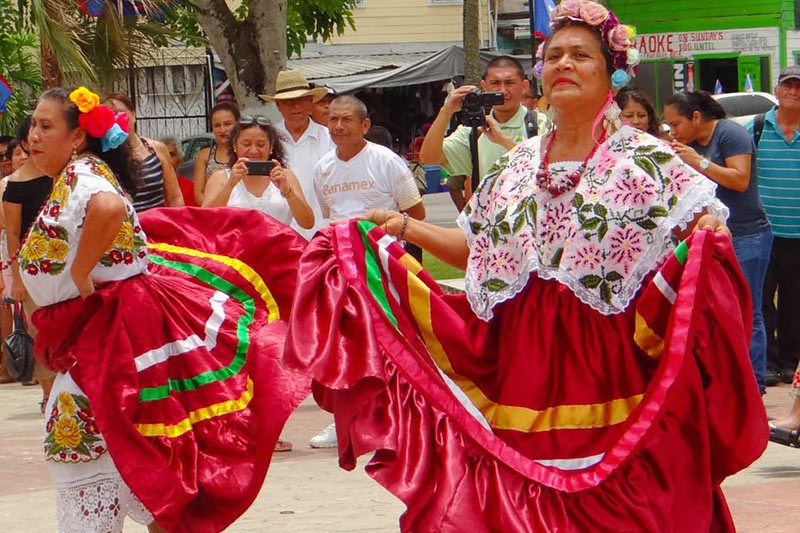The East Indian
Learn about our diverse cultures!
The East Indian
Community of Belize
Among the diverse cultures that make up Belize’s rich heritage, the East Indian community stands out for its resilience, traditions, and lasting contributions to the nation’s economy and cultural fabric. Arriving in Belize as early as 1858, the first wave of Hindu East Indians came in search of new opportunities. By the 1880s, British colonial indentureship programs brought more East Indians, many of whom worked on estates owned by former Confederate soldiers. Over time, these hardworking settlers began acquiring land, growing crops, and selling their produce in local markets, firmly establishing themselves in Belizean society.
The majority of East Indians settled in Toledo and Corozal, though by the 1920s, Belize City became home to the largest concentration of East Indian families. Despite facing racial discrimination and stereotypes that labeled them as suited only for light agricultural labor, they persevered, maintaining their cultural identity while also embracing Belizean traditions.
Today, the East Indian presence in Belize is small in numbers but significant in impact. Many continue to uphold their heritage through traditional dress, religious customs, and cuisine. One of their most recognized contributions is in the food industry, where they have introduced the rich flavors of Indian spices and dishes to Belizean culinary traditions. The importation of spices and the operation of Indian eateries have helped shape the country’s diverse food culture.
Generations of intermarriage have further integrated East Indians into Belize’s multicultural society, yet their unique identity remains strong. Their entrepreneurial spirit, dedication to hard work, and cultural pride make them an essential part of the Belizean melting pot, ensuring that their legacy continues for future generations.
Cultures
Our Diverse Enthicity

